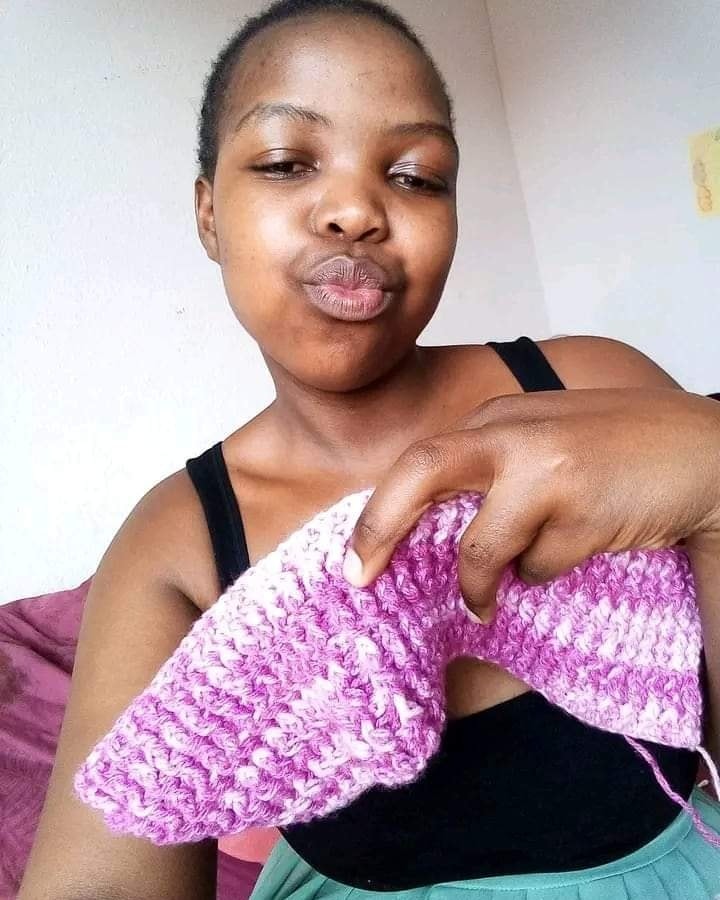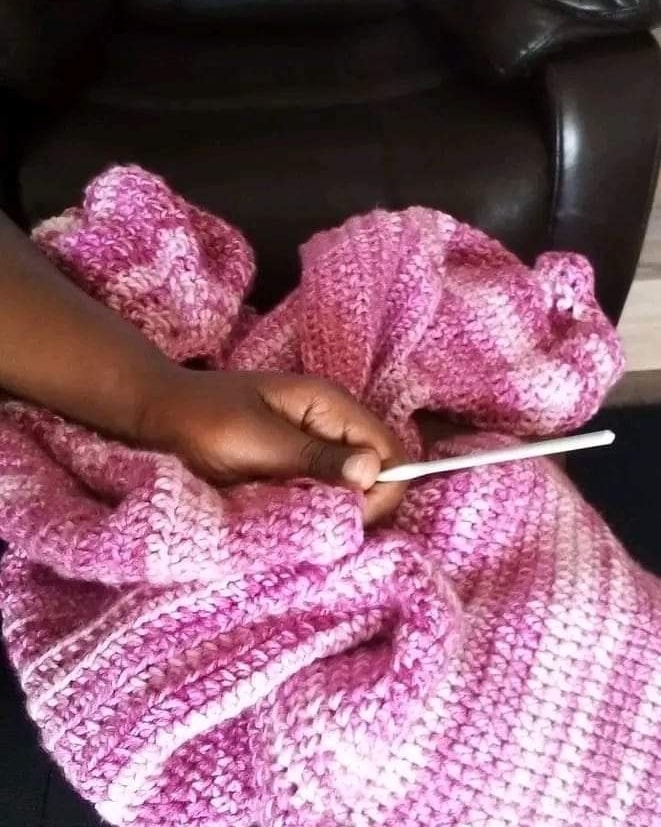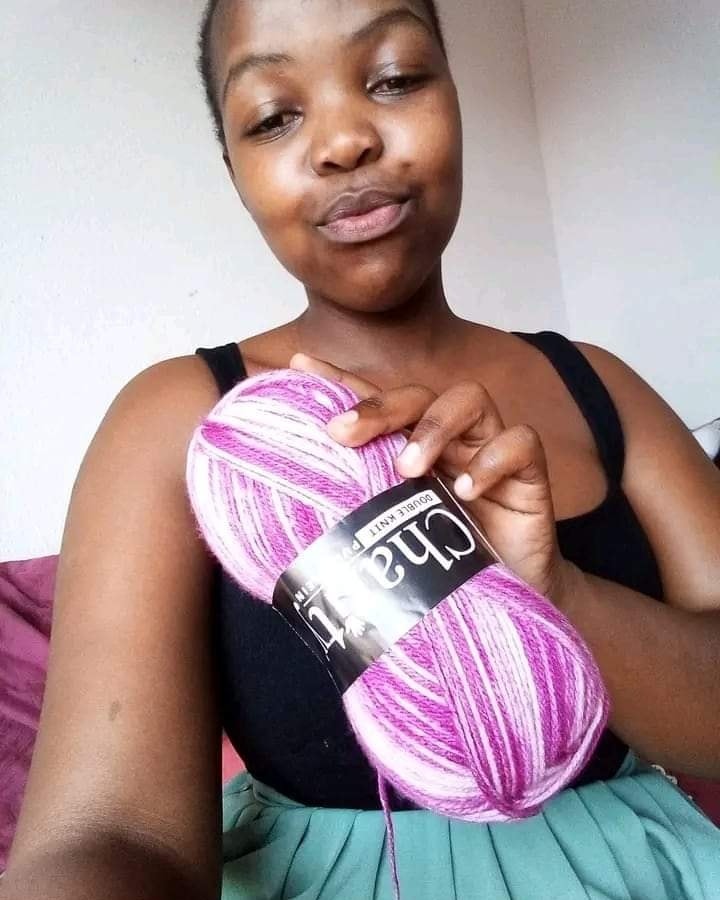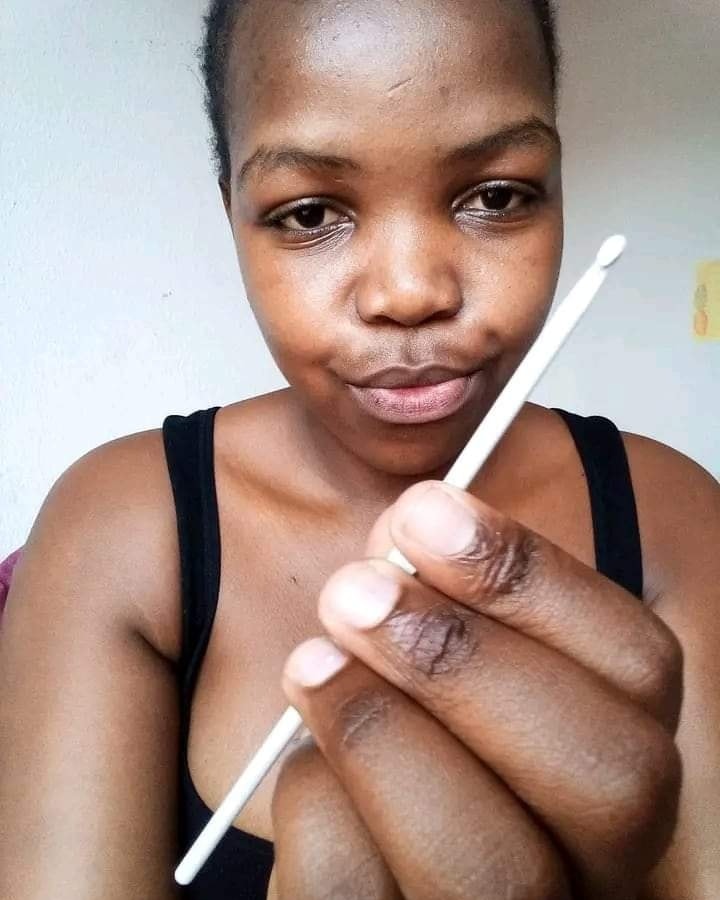Successfully dyeing wool and silk
Are you thinking of dyeing your woollen skeins, jumpers, blouses, scarves or shawls*?
Dyeing silk or wool is no witchcraft but really easy if you keep a few basic things in mind.








Which dye is best suited?
You could dye wool and silk with almost any dye – even with food colourant. However, most dyes cannot penetrate the fibre or will even damage it.
But there is one dye that is quite perfect for protein fibres (protein fibres are animal fibres, including feathers, for example).
This special wool and silk dye belongs to the group of acid dyes and we recommend from our range Acid-Dye from Jacquard.
We also offer other textile dyes that can be used for dyeing silk, these are universal dyes made of a mixture of direct dyes and acid dyes (e.g. Dypro or DEKA L). However, pure acid dyes are much more intensive on wool and silk.
Acid dyes are synthetically produced substances in powder form that dye in an aqueous, slightly acidic solution.
The dyes are very productive, free of heavy metals, lightfast and washfast. This dye does not harm the fibres, so the wool remains soft and elastic.
Acid dyes are fixed by heat, i.e. by gently simmering in the dye solution. This causes the fibres to swell and a chemical reaction takes place. So you do not need an additional fixative.
You can use white vinegar, vinegar essence or citric acid as the acid component.
Acid-Dye from Jacquard come in 40 brilliant shades so you do not have to mix a specific shade yourself.
This dye is available in 3 different packagings: in tins of 14g, 227g and 454g
So – now to the dyeing instructions:
Dye equipment:
• a large pot – preserving pots or mulled wine pots with an integrated hot-plate are very practical
• rubber gloves and stirring spoon
• (fine-)scales to weigh out the dye powder
• a protective mask (e.g. a FFP2 (Covid-)mask) so that you do not inhale the dye powder
• Sodiumhexametaphosphate helps soften the water if the water is very hard.
–> Utensils that have been used for dyeing should never be used for food preparation.
The preparation:
The material to be dyed should be weighed when dry. This determines the amount of dye powder you need.
After weighing, the fibres must be soaked in cold vinegar water to achieve an even dyeing. Add a drop of washing-up liquid or better Synthrapol to the soaking water. It is best to soak overnight (you can also use the vinegar water for dyeing).
Untreated raw silk must be soaked in hot water to dissolve the glue. Here, too, add a drop of washing-up liquid or better Synthrapol to the water.
The dye liquor:
The colour intensity depends mainly on the amount of colour pigments. Another point is the temperature and the time span of the dyeing.
The colour depth is calculated by the amount of dye per 100 g material weight. It can range between 0,2 % and 8% (deep black). The exact dosage can be found in the product description of Jacquard Acid Dye.
We have 4 colour groups, each with a different dosage of colour pigments.
To achieve a weak, medium or intense colour in colour group 1, you can work with the following formula:
• weak colouring strength : 0,5% dye powder amount of material weight
(pastel coloured)
• medium colouring strength: 1,5% dye powder amount of material weight
(standard)
• intense colouring strength: at least 2,5% dye powder amount of material weight (dark)
Example:
For a medium colouring strength of 2%, you need 2g dye powder for 100g wool.
A dyeing of 2% gives a very nice colour that is not too light and not too dark.
You will find here the charts for the different colour groups: Acid Dye Colour Groups
Mix the dye powder to a paste in a small container with a little hot water. Then add sufficient water to dissolve the paste completely. This dye solution will be added later to the dye bath – the whole thing is then called ‘dye liquor’.
The dyeing process:
Squeeze the soaked dyeing material well, it should no longer drip.
Fill the dyeing pot with a little water, add a dash of vinegar or citric acid and lay the dyeing material loosely in it (if you need it more precisely: add a quarter cup of vinegar (60ml) or 1 tablespoon of citric acid per pound of fabric).
The dye bath for 200g wool should have at least 10 litres of water as the dyeing material must float in the dye liquor. As all the colorant penetrates the fibres, the amount of water has no influence on the colour depth.
Carefully add the dye solution to the water and spread it over the wool with the stirring spoon. Make sure that no light spots remain!
Now heat the water slowly to 80ºC.
–> Extremely important:
The dyeing material is very sensitive in this state. Therefore, do not stir the pot during the dyeing process otherwise the fibres will get tangled and matted.
You can carefully push the wool under the water surface if parts float on top.